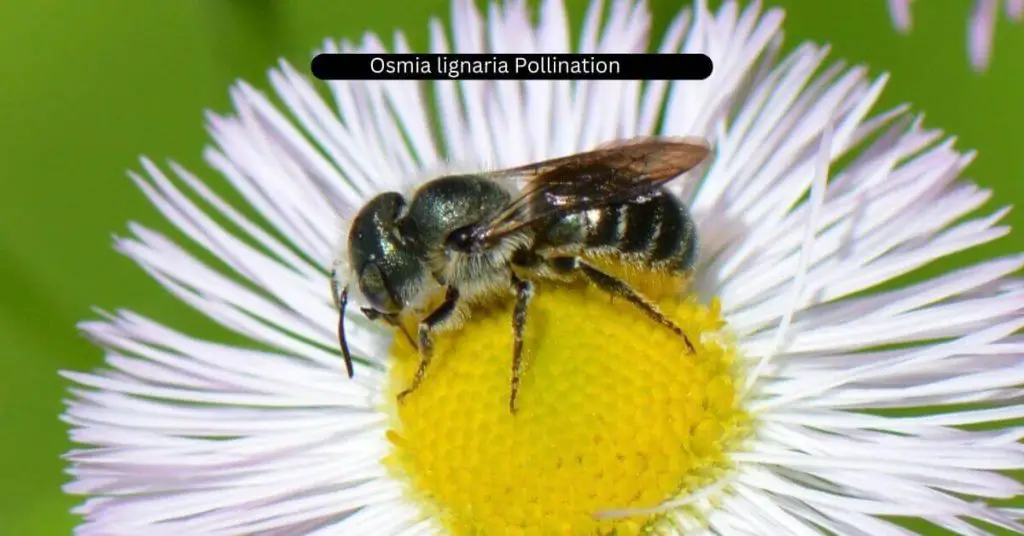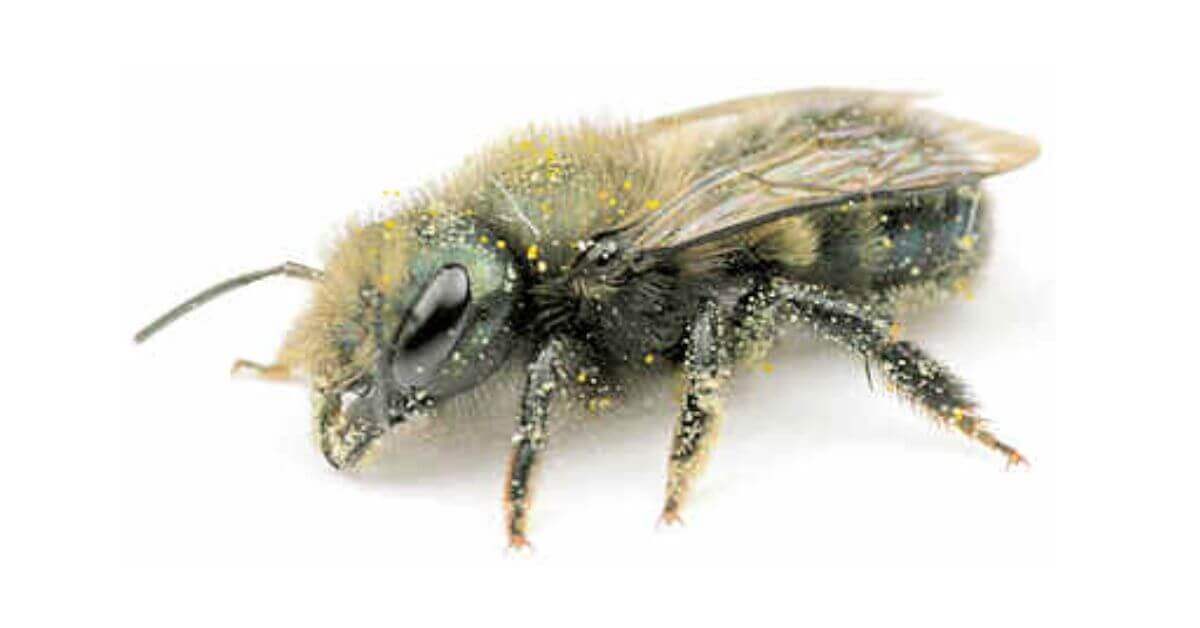Osmia lignaria, commonly known as the blue orchard bee or orchard mason bee, is a solitary native bee species found in North America. It is one of the most efficient pollinators of fruit trees, making it an important species for agriculture. In this article, we will discuss in detail about Orchard mason, including its scientific name, species, family, class, order, habitat, behavior, diet, reproduction, and stinging behavior.
Osmia Lignaria Classification
The scientific name for Orchard mason bee is Osmia lignaria (Say, 1837). It belongs to the family Megachilidae, class Insecta, and order Hymenoptera.
| Kingdom | Animalia |
| Phylum | Arthropoda |
| Class | Insecta |
| Order | Hymenoptera |
| Family | Megachilidae |
| Genus | Osmia |
| Species | Osmia lignaria |
Species and Distribution:
Osmia lignaria is found throughout North America, from southern Canada to Mexico. It is a common species in orchards and gardens, where it is used as a pollinator for various fruit trees, such as almonds, apples, pears, plums, and cherries.
Habitat and Behavior
Orchard mason bee is a solitary bee species that nests in pre-existing cavities, such as hollow plant stems, beetle borings, and snail shells. It is a spring bee and emerges from its winter nest in early spring, usually around March or April, depending on the local climate. The female bees collect pollen and nectar from flowers to provision their offspring, which are laid in individual cells within the nest. Orchard mason is a docile species and does not usually sting unless provoked.
Diet
Orchard mason bee feeds on nectar and pollen from a variety of flowering plants, including fruit trees, wildflowers, and garden plants.
Reproduction
Osmia lignaria is a solitary bee species, which means that each female builds and provisions her own nest, without the help of other bees. After emerging from her winter nest, the female collects pollen and nectar from flowers to provide for her offspring. She lays an egg in each cell, along with a ball of pollen and nectar for the developing larva to feed on. The female then seals the cell with mud, creating a cocoon for the larva to develop into an adult bee. The larvae pupate in the cocoon, and the adult bees emerge in the following spring.

Stinging Behavior
Orchard mason is not an aggressive bee species and does not usually sting unless provoked or threatened. However, the females do have a stinger, which they can use for defense if necessary. The sting is not very painful and is usually only used as a last resort.
Related Articles:
Do Orchard mason make honey?
Unlike honey bees, which are social bees that live in large colonies and produce honey, solitary bees such as Orchard mason do not produce honey in significant quantities.
Instead of storing honey, solitary bees focus on collecting and provisioning pollen and nectar for their offspring.
The Orchard mason bee female collects nectar and pollen from flowers, then builds individual brood cells to lay her eggs. After laying each egg, she seals the cell with mud or other materials before constructing the next cell, repeating the process until all her eggs are laid.
Summary
Osmia lignaria, or the blue orchard bee, is an important pollinator for various fruit trees in North America. This solitary bee species is docile and non-aggressive, making it a popular choice for orchardists and gardeners who want to use natural pollinators instead of honeybees. Understanding the behavior and habits of Orchard mason bee can help us protect and conserve this important species for future generations.




